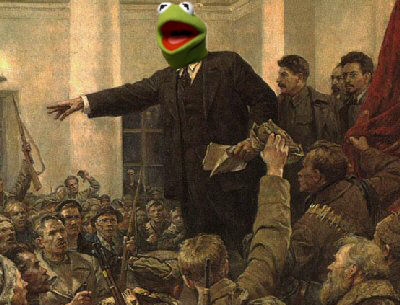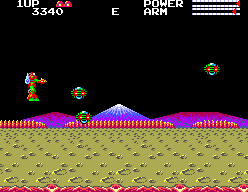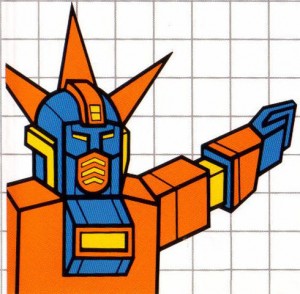Nostalgia is all about counting the hits while ignoring the misses. This is especially true with childhood nostalgia, where youthful affections gain intensity over the temporal distance and blot out less pleasant memories.
The gap between “what was” and “what we choose to remember” has been a recurring theme over AT’s decade of posts. My relationship with the subject has been complicated and sometimes contradictory, with historical curiosity and nostalgic wistfulness existing in a self-perpetuating feedback loop. Come for the old videogame ads, stay to piece together a case study in the dysfunctions of consumer capitalism.
In spotlighting a year as significant as 1983 was for me, there’s a real risk of falling into the nostalgia trap, of letting selective memories of material culture paint a skewed image devoid of the host of horrors that accompanied those flashes of joy — and there were horrors, a’plenty.
For starters, I was eleven years old. When adults celebrate youthful freedom from responsibility, they tend to ignore the agonies of limited agency that are the flip-side of that “blessed” state. I’m talking about the tyrannies — however mild or benevolent — imposed by school, adult authority figures, and other socio-economic factors absolutely beyond a child’s control.
That’s just a universal baseline. The specifics of each individual childhood can be, and too often are, far more harrowing.
In 1983, I lived in a two room apartment with my parents, my little brother, my disabled paternal grandmother, and my teenage aunt. The inherent stresses in such a dynamic were further amplified by economic concerns, with my mother having to take a full-time job after my dad was laid off for a good stretch of time.
The situation also escalated my parents’ ongoing mental health issues, leading to strange and terrifying outbursts which fell on my head with greater frequency — my mom’s weird tendency to violently lash out in response to some random trigger (such as a kid asking for a glass of milk or making irritating noises with his mouth) or my dad’s alcoholic rampages of mental cruelty. Avoiding them in such cramped quarters was nigh impossible.
This was my 1983, as was the mad afterschool rush past the intersection of School and Merrimac Streets, the point at which my elementary school tormentors would give up the chase. Most of the time.
Geekdom’s heroic journey narrative is fond of spinning these horrors into a persecution based on tastes. “The jocks” mocking “the nerd” for liking Star Wars or Spider-Man. These (suspiciously similiar) experiences are in turn used to justify gatekeeping and exclusionary hierarchies of fandom, where the bullied become the bullies.
None of that jibes with my experiences. I was never picked on or called “fag” or physically attacked because I liked comicbooks or videogames. I was picked on because kids can be cruel and spiteful and will instinctively seek out a perceived “weak pigeon” to stand that the bottom of the pecking order.
Maybe it was because of my clothes or my ineptness at kickball or awkward socialization skills. It doesn’t matter, because it was going to be something. if the mark didn’t fall on me, it would’ve fallen on someone..and I’d probably would’ve joined in while thanking the Baby Jesus it wasn’t me.
1983 was when I had the pre-adolescent realization that my childhood friends were on separate life trajectories. Bonds formed through geographic proximity were giving away to ones formed out of shared interests. I was the meek A+ student in a crowd of proto-heshers shifting from childhood hi-jinx to adult criminal behaviors. There was no S.E. Hinton-esque painful moral stands to be made, just an agonizing struggle between the fear of getting dragged along or the fear of being left behind.
All the small-scale personal horrors of 1983 unfolded under the looming dread of the Mother of All Nightmares…

…global thermonuclear annihilation.
It kept me awake at night, wondering if the “birds were in the air” at that very moment. Every siren, every test of the emergency broadcasting system, every new report of global tensions or close calls brought me close to absolute panic.
The terror was even more acute in my household because my father was a defense contractor who also did post-armageddon prep exercises as a sergeant in the National Guard. He didn’t hide any of this from me, and would let me read his leaflets about proper body disposal methods and the effects of radiation exposure.
I was absolutely convinced the world would be engulfed in atomic fire before I saw my teen years. While I don’t buy into that anxiety being the core plank of the Gen X “slacker” pathology, it most certainly inflicted enduring scars on my impressionably youthful psyche.
Going back over those times, I find myself wondering if my embrace of 1983’s high points (relatively and personally speaking) was in direct proportion to the horrors I experienced — points of light in the darkness, and all that.




















